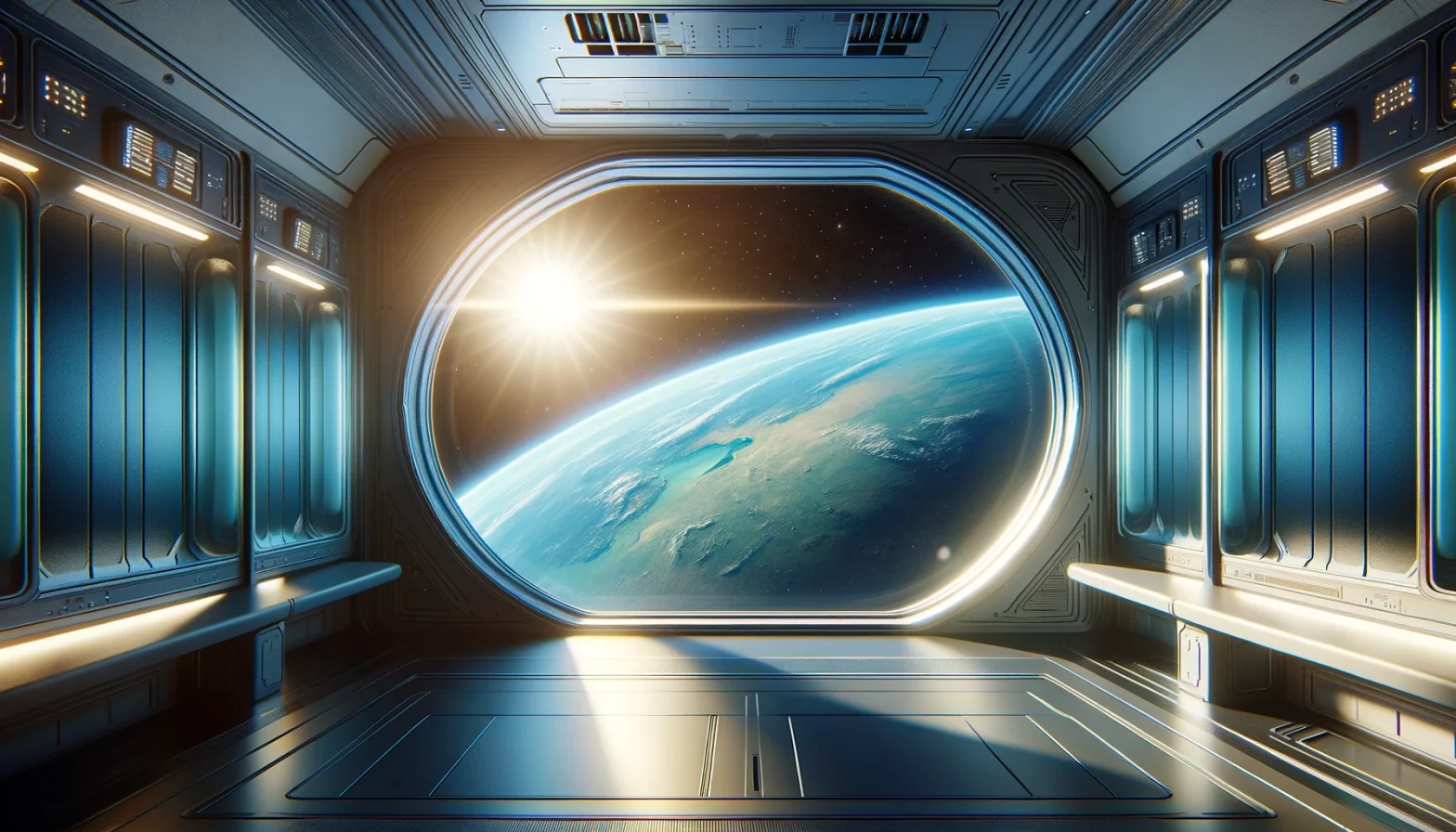Changing rooms are the same all over the galaxy and this one really played to the stereotype. The lights flickered that little bit more than you’d want them to, a sizeable proportion of the lockers wouldn’t lock and the whole room needed a good clean. It didn’t fit with the eye-watering amount of money we had all paid for the tour.
There were a dozen or so of us changing from our normal clothes into outfits that had been supplied by the tour company – outfits that were supposed to render us invisible when we reached our destination. Not invisible in the “bending light rays around you” way, they would just make us look enough like the local inhabitants that no-one would give us a second glance.
Appropriate changing room etiquette was followed. Everyone was either looking at the floor or into their locker to avoid eye contact with anyone else. People talked in lowered voices to people they had come with. People who, like me, had come alone were silent. I picked up on some of the quiet conversations – they were about the unusual flora and fauna of our location and the unique event we were here to see.
Soon, we had all changed and were ushered into a briefing room where our guide told us many things we already knew. She had slides explaining the physics behind the phenomenon and was at great pains to emphasise the uniqueness of the event. No other planet in the galaxy had been found that met all of the conditions for what we were going to see. She went through the history of tourism to this planet – decades of uncontrolled visits followed by the licensing of a small number of carefully vetted companies like the one we were travelling with.
She then turned to more practical matters. She reiterated that our outfits would allow us to pass for locals, but that we should do all we could to avoid any interactions with the natives. She also reminded us that we should only look at the event through the equipment that we would be issued with on our way down to the planet.
Through a window in the briefing room a planet, our destination, hung in space. Beyond the planet, its star could also be seen.
An hour or so later, we were on the surface of the planet. We were deposited at the top of a grassy hill on the edge of a large crowd of the planet’s inhabitants. Most of us were of the same basic body shape as the quadruped locals and, at first glance at least, passed for them. A few of us were less lucky and had to stay in the vehicles to avoid suspicion.
The timing of the event was well understood and the company had dropped us off early enough that we were able to find a good viewing spot but late enough that we didn’t have long to wait. We had been milling around for half an hour or so when a palpable moment of excitement passed through the crowd and everyone looked to the sky.
Holding the equipment I had been given to my eyes I could see what everyone else had noticed. A small bite seemed to have been taken from the bottom left of the planet’s sun. As we watched, the bite got larger and larger as the planet’s satellite moved in front of the star. The satellite appeared to be a perfect circle, but at the last minute – just before it covered the star completely – it became obvious that the edge wasn’t smooth as gaps between irregularities on the surface (mountains, I suppose) allowed just a few points of light through.
And then the satellite covered the sun and the atmosphere changed completely. The world turned dark and all conversations stopped. All of the local animals went silent. It was magical.
My mind went back to the slides explaining the phenomenon. Obviously, the planet’s satellite and star weren’t the same size, but their distance from the planet exactly balanced their difference in size so they appeared the same size in the sky. And the complex interplay of orbits meant that on rare occasions like this, the satellite would completely and exactly cover the star.
That was what we were there for. This was what was unique about this planet. No other planet in the galaxy had a star and a satellite that appeared exactly the same size in the sky. This is what made the planet the most popular tourist spot in the galaxy.
Ten minutes later, it was over. The satellite continued on its path and the star was gradually uncovered. Our guide bundled us into the transport and back up to our spaceship.
Before leaving the vicinity of the planet, our pilot found three locations in space where the satellite and the star lined up in the same way and created fake eclipses for those of us who had missed taking photos of the real one.
